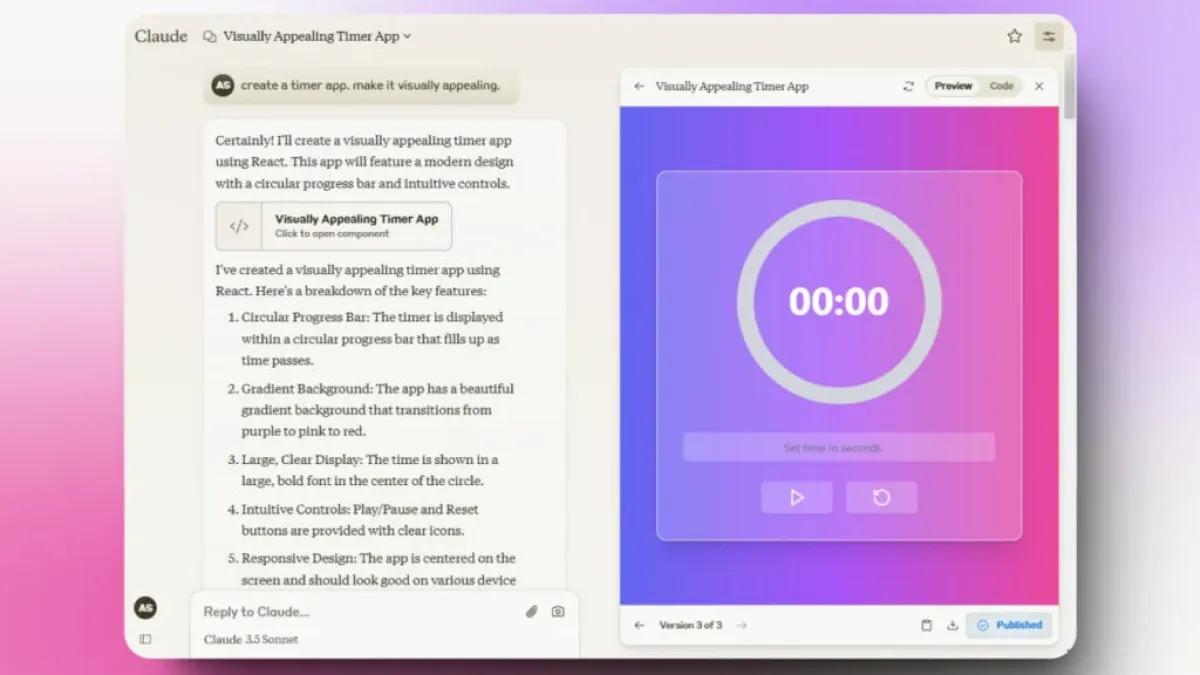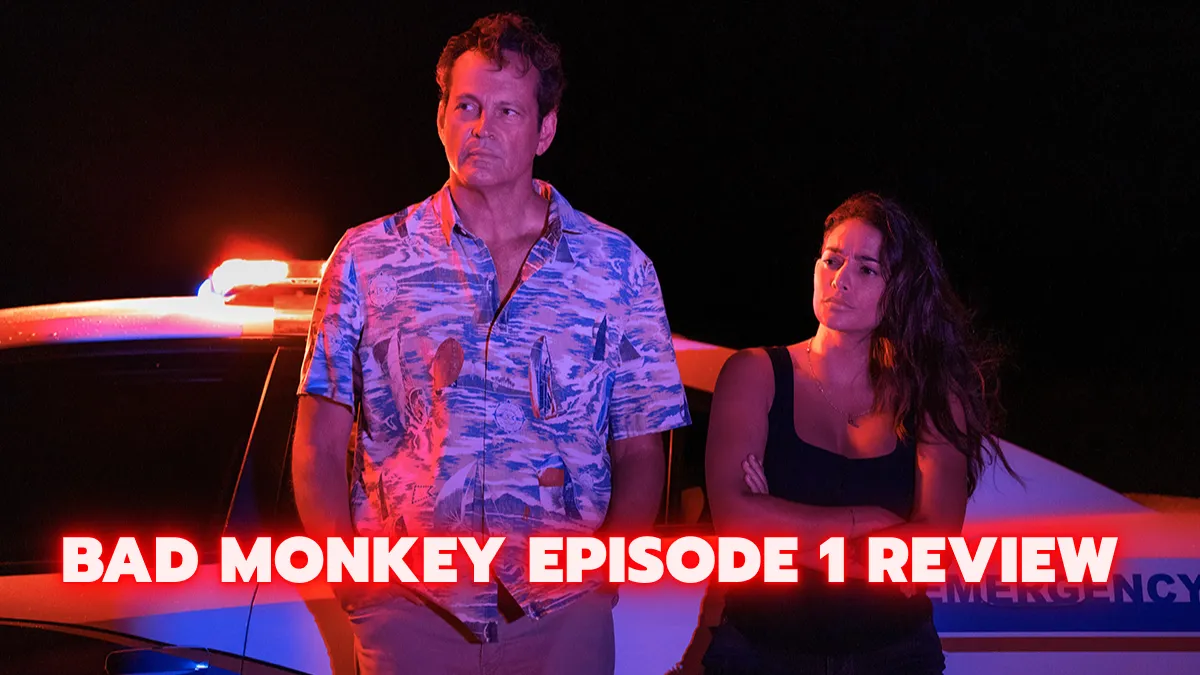The famous AI research body just revealed a state-of-the-art technique that will help in identifying content created by ChatGPT with a staggering 99.9 percent accuracy. This new method comes as a vital advancement in the spheres of artificial intelligence and content verification.
What is This New Technique?
The newly developed technique will identify text generated by ChatGPT, OpenAI’s very popular language model. This tool is designed to point out if the content is human-written or AI-generated. In today’s world, with AI-generated text already part of everyday life, ensuring the authenticity of the content is very important. OpenAI’s technique is then supposed to solve the problem effectively.
How Does It Work?
It, therefore, combines sophisticated algorithms with machine learning models. The process initiates by analyzing the structure and style of the text. Content generated by AI tends to have certain patterns and characteristics that set it apart from human writing. These patterns are analyzed to pinpoint whether or not the text was created using ChatGPT or some other AI model.
It also cross-checks the text with a vast database of outputs from ChatGPT. This database contains several instances of texts which have been outputted by ChatGPT. Cross-referencing the new text against the database allows the technique to trace it back to its source.
Why Is This Important?
Nowadays, one can see AI-generated content in every form. From social media posts to news articles, with AI tools like ChatGPT, one is able to generate text quickly and efficiently. On the downside, this opens up a huge scenario for misinformation and content authenticity.
Accurately detecting AI-generated text is important for a variety of reasons. First of all, it guarantees the credibility of the information. For example, in journalism, if the text was written by a human or an AI would modify perceptions of the information.
Second, this technique can help in avoiding AI misuse. For example, in most learning institutions, it will ensure that students are doing original work and not so much reliance on AI tools.
How Accurate Is It?
On the other hand, this new technique developed by OpenAI has an accuracy of 99.9%. Of course, only then is this high level of precision achieved using advanced machine learning techniques and trained on many datasets. Rigorous testing of the accuracy of the technique yields results showing it can clearly distinguish AI-generated from human-written text.
The accuracy rate of 99.9 percent itself is highly reliable. Again, because no system can be termed perfect, there may still exist a few very rare examples wherein the technique isn’t quite 100% accurate. Nevertheless, this extremely high accuracy rate significantly raises the reliability of content detection.
How Is This Being Received?
The tech community has largely welcomed this technique. The fields of journalism, education, and content creation will benefit according to experts. OpenAI has satisfied a dire need in the current digital world, for it is now sure of detecting text generated by AI.
Many educators and content creators have therefore been very excited about the availability of this tool. It provides a way for examining academic integrity in detection pertaining to AI-generated class assignments. It helps content creators and publishers to verify text authenticity before it is published.
What are the next steps?
OpenAI is working on further fine-tuning this technique. While the accuracy stands at high at this point, further research and development will definitely take place to increase the capabilities even more so. This may involve expanding the database of known AI-generated text and improving the algorithms used for detection.
It is also seen that OpenAI is working on ways through which access to the technique could be enhanced. This may include through integration into tools and platforms for journalists, educators, or other professionals. In this way, it is hoped by OpenAI that wide accessibility and ease of use are assured for the technique.
Conclusion
OpenAI’s new technique to detect ChatGPT content with a 99.9% accuracy rate is huge strides in terms of progress in the AI field and content verification. This method provides a sure way to make a distinction between AI-generated and human-written text.
Given this high accuracy rate, the potential applications are very huge in many fields, and this can definitely contribute positively to the digital world. How this technique is going to evolve further and contribute toward the future of content authenticity with continuous refinement by OpenAI will indeed be interesting to see.









